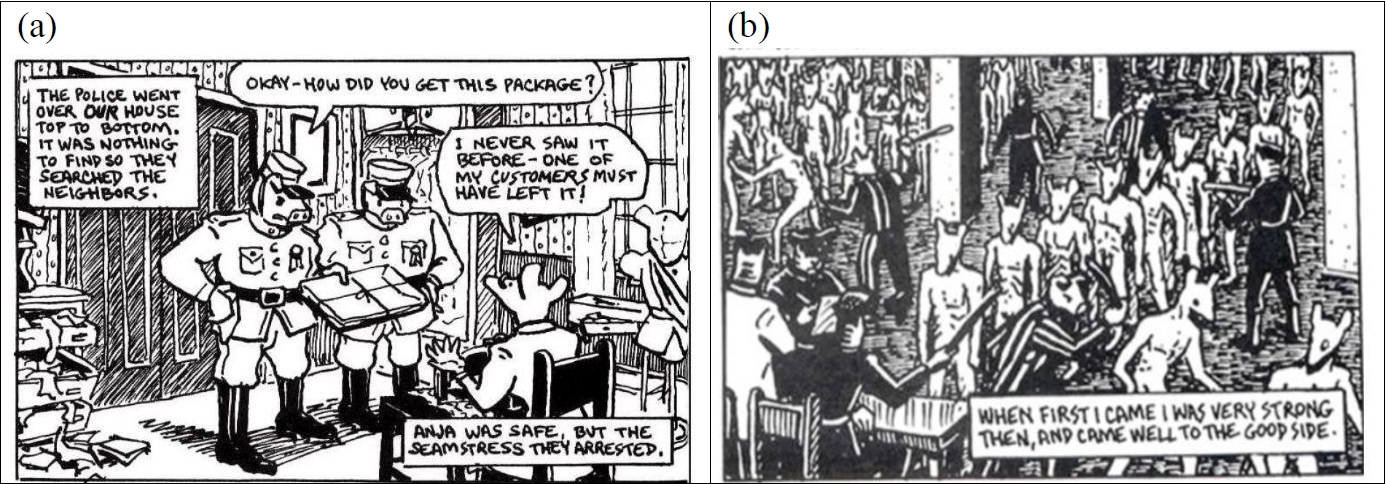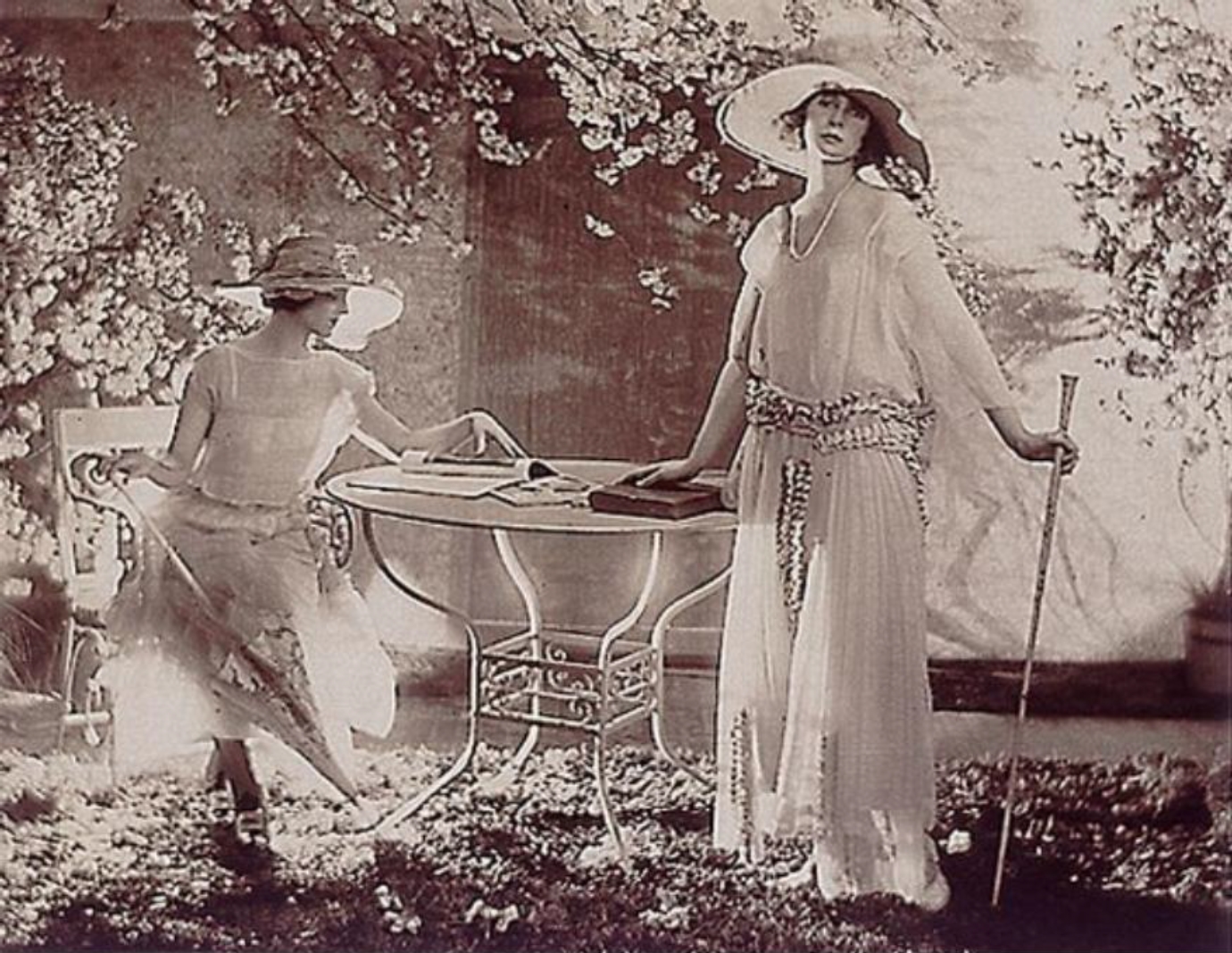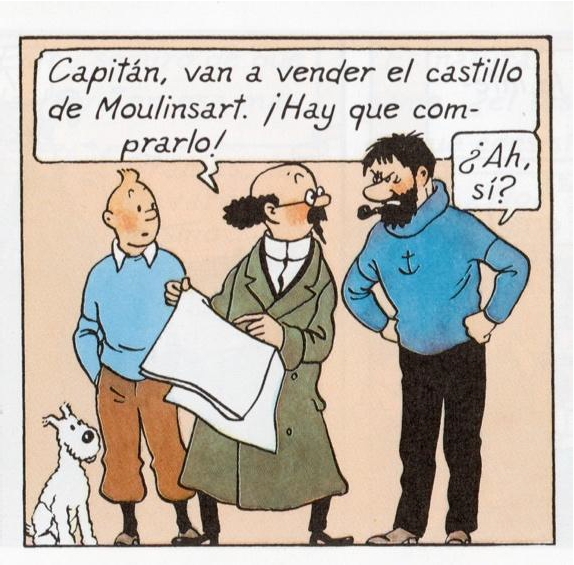


This paper aims to look into possibilities of future writing in the age of artificial intelligence. ‘Who writes’ matters in a technological culture of co-existence of humans and machines. I thus investigate the aligned questions of ‘why we write’ and ‘how we write’, exploring writing with imagination, namely, narrative writing, for communication and transmission. As for methodology, I examine three domains of narrative with imagination based on Peirce’s metaphysical semiotics and Paul Ricoeur’s imagination theory: esthetics with oneiric imagination, poetics with narrative/analogical imagination, and speculative rhetoric with social imagination. I argue that narrative communication with social imagination which comprises an explanatory narrative process of quality through fact to representation for dialogic abduction is geared toward discovering self’s identity by means of re-authoring conversation. This thus results in enhancing a communal narrative self to transmit virtues and values to the following generations.

